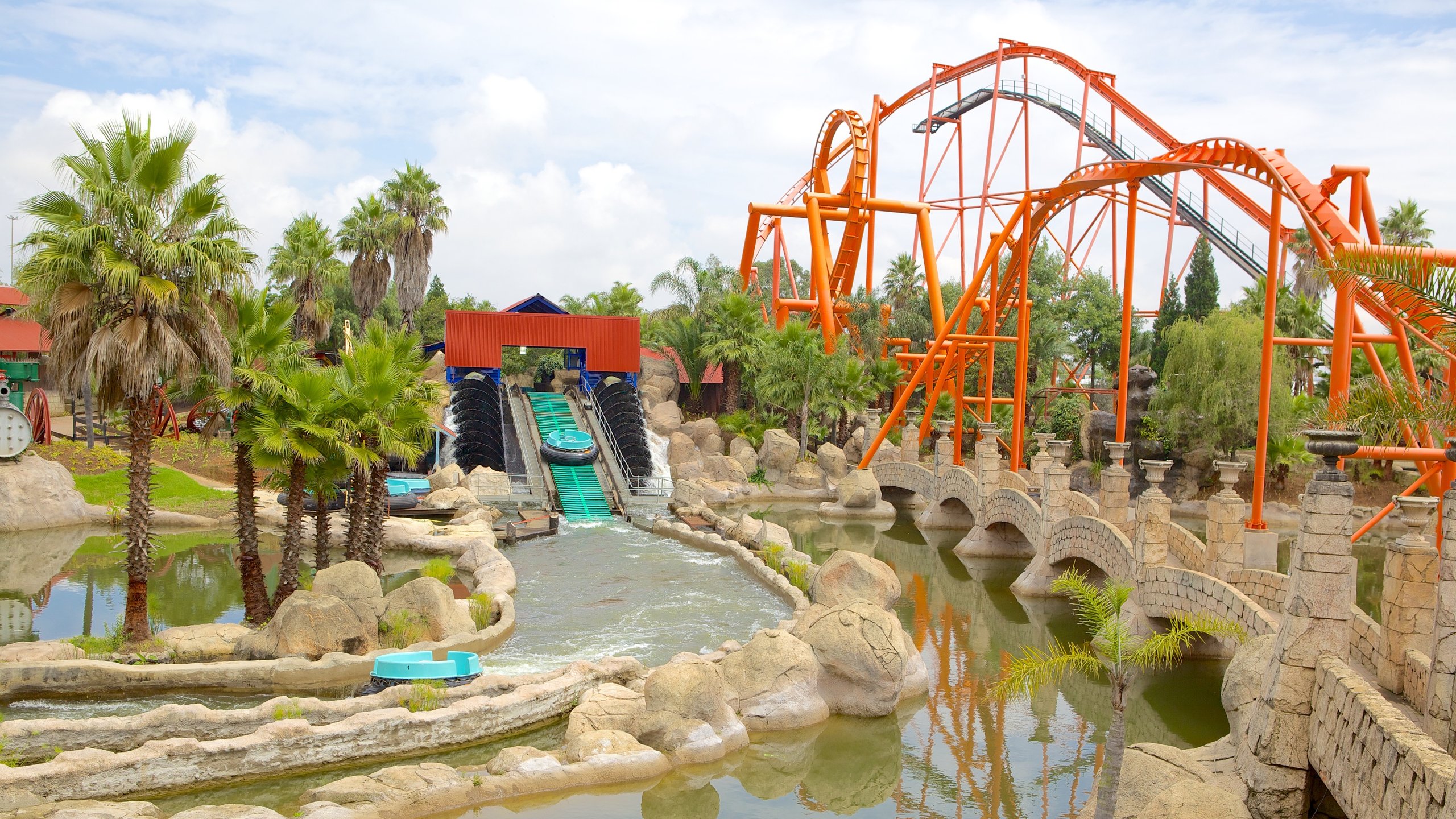The Ultimate Guide To Johannesburg North Attractions
The Ultimate Guide To Johannesburg North Attractions
Blog Article
What Does Johannesburg North Attractions Do?
Table of ContentsNot known Incorrect Statements About Johannesburg North Attractions Some Known Facts About Johannesburg North Attractions.What Does Johannesburg North Attractions Mean?Unknown Facts About Johannesburg North AttractionsMore About Johannesburg North AttractionsJohannesburg North Attractions - Questions
The city grew on the side of the Witwatersrand Key Coral reef, a below ground stratum of gold-bearing quartz-silica corporation that arcs for hundreds of miles beneath the Highveld - Johannesburg North attractions. Most of the gold mines in the city ceased operation in the 1970s, yet in its day the Witwatersrand gold industry accounted for more than 40 percent of the globe's yearly gold manufacturing.Johannesburg has a temperate climate. Summertime temperature levels balance concerning 75 F (24 C); winter season temperatures average regarding 55 F (13 C) and only sometimes dip below freezing. The city appreciates concerning 8 hours of sunshine daily in both winter months and summer season. Rain standards concerning 28 inches (700 millimetres) per year, yet the complete differs significantly from year to year.
What rainfall the city receives drops nearly solely in the summer months, often in incredible late-afternoon electrical storms., where lots of locals still count on coal for fuel.

5 Easy Facts About Johannesburg North Attractions Described
The balance of the city is occupied by whites. Lodging varies in character and quality.
Physical development, although rather limited by transportation, continued promptly as immigration to South Africa, and Johannesburg specifically, raised drastically. This trouble was fixed in the 1930s when the car was introduced in mass production to South Africa. Vehicles were, essentially, restricted to the rich, and permitted them to move to the north of the city and commute into the centre.
A lot of poor suburban areas were mixed, with bad blacks and whites living together, although the wealthy residential areas were generally booked for whites.
The previous system of eleven phoned number areas was reorganised in 2006. Marshalltown, as seen from the top of the Carlton Centre. The M1 and M2 run behind the buildings, and the southern suburban areas expand past the highway boundary. The central city of Johannesburg is located within the city's Region F. The estimated population of the region is 200,000, [] however the number of people residing in the central city on a casual basis is unidentified, as lots of are illegal aliens. Most higher-income citizens and white individuals have actually relocated to the northern residential areas and have actually been changed by lower-income black individuals. The unemployment, education and learning, and age profiles of the area Get More Information are all unidentified, due to the difficulty of obtaining reputable information about the location.
All About Johannesburg North Attractions
Centred on the CBD, the region consists of the residential areas of Yeoville, Bellevue, Troyeville, Jeppestown, and Berea to the east. To the west it infects Pageview (Johannesburg North attractions) and Fordsburg. There are little commercial locations to the south, such as City West-Denver and Benrose. Around 800,000 commuters pass with the central city on a daily basis, and it functions as a local buying node for visitors from the southerly residential areas. Yeoville and Bellevue have a mix of apartment and single property devices on little whole lots. The area is located on a mountainous divide that runs from eastern to west. The most noticeable geographic feature is Observatory Ridge, which is called for the large observatory located on it. The leisure rooms are no more used, because of safety and security issues.

The smart Trick of Johannesburg North Attractions That Nobody is Talking About
R. Tambo International Airport Terminal). The eastern suburban areas are some of the earliest locations of Johannesburg, there are big areas of Jewish and various other European histories, most of the population is English speaking. There are three golf links along with a variety of protected ridges with viewsites. There are numerous well-developed and up-market entertainment and buying areas in the eastern such as the Eastgate Shopping Center and the Greenstone mall.
The location is mostly composed of old "matchbox" residences, or four-room houses constructed by the government, that were constructed to offer inexpensive holiday accommodation for black workers during racism. Soweto is an acronym, standing for "South Western Townships". Road after road in this field is lined with matchboxes; nevertheless, find more there are a few smaller locations where flourishing Sowetans have actually developed homes that are extra similar in stature with those in even more wealthy suburbs.
Hostels are another prominent physical feature of Soweto. Initially developed to house male migrant workers, numerous have been enhanced as homes for pairs and families. The N1 Western Bypass skirts the eastern limit of Soweto. The residential area was not historically allowed to produce employment centres within the area, so nearly all of its locals are commuters to other parts of the city.
Examine This Report about Johannesburg North Attractions
The property locations in the northern suburbs are mostly official, with no considerable areas of informal housing, or housing that lacks an irreversible structure. This is a recognized area, there is a trend of land use change from property to industrial, especially along major arterial roads and this content around well-known nodes.
Roads to the east and west are much less well established, as there are no freeways travelling in that instructions. Towards the north boundary of the city, the density of development lowers, leaving huge locations of untaught land around Midrand.
The Definitive Guide to Johannesburg North Attractions
, which is situated on a hill neglecting the inner city and Hillbrow.
Report this page